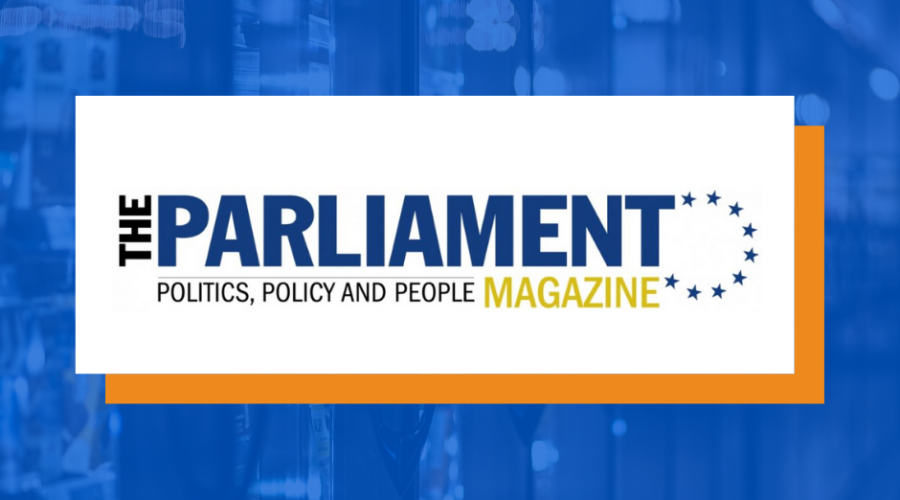Chip Shortage Could Worsen With Over-Regulation on PFAS
Last week news broke that the ongoing chip shortage cost the US economy $240 billion in 2021. The shortage heavily impacted the auto industry, costing manufacturers an estimated $210 billion in revenue as cars sat in lots waiting for chips to be installed. In response, Intel announced that they will build a $20 billion chip factory in Ohio, but those efforts may be limited if Congress proceeds with heavy-handed regulations for perfluoroalkyls (PFAS) found in the PFAS Action Act.
The Consumer Choice Center’s North American Affairs Manager David Clement responds: “The PFAS Action Act could seriously jeopardize chip manufacturing in the United States, and ultimately make the chip shortage much worse before it gets better. These chemicals are vital for the production of semiconductors, and if Congress continues down the path of wanting to ban PFAS chip manufacturers will be in a world of trouble.
“Regulating PFAS has to be done from the perspective of clean drinking water, as opposed to declaring all 4,000+ PFAS chemicals hazardous. Ensuring proper production standards to avoid dumping or leakage helps solve the problem of contaminated water, while avoiding the consequences of banning PFAS all together. This is especially important in the context of everyday consumer products that rely on these chemicals in the manufacturing process. If production standards for PFAS are upheld, and enforced, we can tackle the clean drinking water issue while allowing for PFAS to be used where it presents little to no risk to consumers,” said Clement.
“What makes the act even more problematic is that the science isn’t settled in regards to the impact PFAS has on human health, and at what exposure level. Peer-reviewed research in Environmental Research suggests that it might be time for legislators to take a deep breath before over-committing themselves to heavy restrictions and out-right bans. We hope that Congress can follow the science on PFAS,” said Clement.







